Impact of HeLa Cells on Biomedical Research
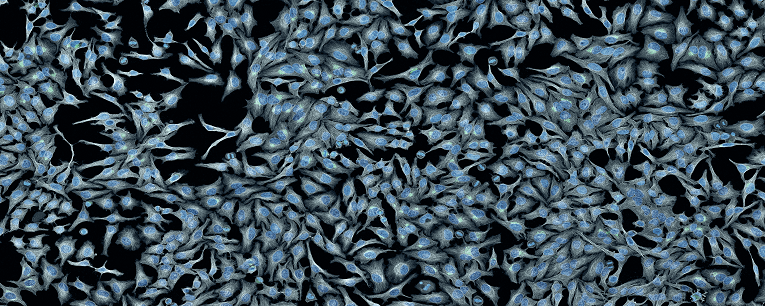
HeLa Cells: A Lasting Contribution to Biomedical Research
In 1951, Henrietta Lacks, a 31-year-old African-American woman, went to Baltimore’s Johns Hopkins Hospital to be treated for cervical cancer. Some of her cancer cells began being used in research due to their unique ability to continuously grow and divide in the laboratory. These so-called “immortal” cells were later named “HeLa” after the first two letters of Henrietta Lacks first and last name.
Since Ms. Lacks’ untimely death in 1952, HeLa cells have been a vital tool in biomedical research, leading to an increased understanding of the fundamentals of human health and disease. Some of the research involving HeLa cells also served as the underpinning of several Nobel Prize winning discoveries.
While Henrietta Lacks’ story has been known in the research community for some time, it raised further awareness after the publication of the best-selling book The Immortal Life of Henrietta Lacks (Crown, 2010).
To honor Ms. Lacks’ and her family’s continued support of biomedical research, NIH analyzed and evaluated the scientific literature involving HeLa cells and found over 110,000 publications that cited the use of HeLa cells between 1953 to 2018. This analysis further highlights the persistent impact of HeLa cells in science and medicine, proving that they have been a consistent, essential tool that has allowed researchers to expand the knowledge base in fields such as cancer biology, infectious disease, and many others.
This website aims to act as a transparent, accessible resource to the general public, scientific researchers, and the Lacks’ family that is in keeping with the spirit of the historic 2013 NIH-Lacks Family Agreement. NIH remains grateful to Henrietta Lacks and her family for the contributions of HeLa cells to science and medicine, and for her family’s continued support of biomedical research.
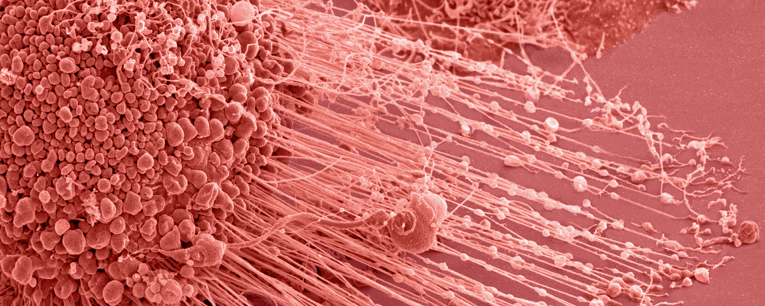
Significant Research Advances Enabled by HeLa Cells
In 1952, HeLa cells became the first human cell line that could grow and divide endlessly in a laboratory, leading scientists to label these cells “immortal”. The immortality of HeLa cells contributed to their adoption across the world as the human cell line of choice for biomedical research. Though additional cells lines have been developed over the years, HeLa cells continue to be widely used to advance biomedical research and medicine.
The enduring use of HeLa cells in biomedical research is represented below through a timeline of events and scientific publications that describe research using HeLa cells. The timeline aims to show the role that HeLa cells have played in some of the major advances in fields such as cancer biology, infectious disease, fundamental microbiology and many others. The hyperlinked text provided in each entry provides the underlying sources for the advances and allows the reader to take a deeper look into the actual science. The events that were selected were based on the number of times researchers cited, or gave credit, to the publication(s) in which the events were described. Research involving HeLa cells has been described in more than 110,00 scientific publications. This staggering number makes it clear just how important these cells have been to research over the past six decades.
The versatility and power of HeLa cells have made them an essential laboratory tool that still continue to provide new clues about the basis of human health and disease.
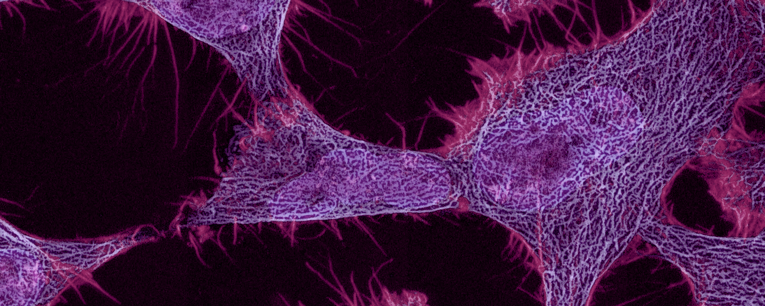
HeLa Around the World
Research with HeLa cells have been used to shed light on some of the most fundamental questions about human health and disease. HeLa cells have also played an important catalyst role in furthering experiments that bridge multiple disciplines. The chart below visualizes the number of publications in which HeLa cells were used in combination with other techniques and technologies to further knowledge between certain scientific areas of research. For example, if you move your cursor across the area contained under “Cell Migration”, you will see that there have been 366 publications that involve HeLa cells, bacteriology and cell migration. In continuing to move across, you find that there have been 311 publications involving HeLa cells, mitosis, and cell migration. This chart helps visualize how ubiquitous the use of HeLa cells has become over the past six decades.
Published Research Articles Using HeLa Cells From 1953-2018
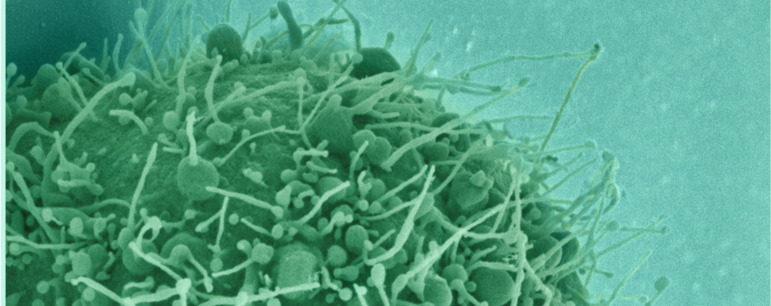
Science Topics Using HeLa Cells
Research with HeLa cells have been used to shed light on some of the most fundamental questions about human health and disease. HeLa cells have also played an important catalyst role in furthering experiments that bridge multiple disciplines. The chart below visualizes the number of publications in which HeLa cells were used in combination with other techniques and technologies to further knowledge between certain scientific areas of research. For example, if you move your cursor across the area contained under “Cell Migration”, you will see that there have been 366 publications that involve HeLa cells, bacteriology and cell migration. In continuing to move across, you find that there have been 311 publications involving HeLa cells, mitosis, and cell migration. This chart helps visualize how ubiquitous the use of HeLa cells has become over the past six decades.
Science Topics Using HeLa Cells
Number of Publications Using HeLa Cells Across Research Areas
The number of scientific publications using HeLa cells from 1953-2018 is shown below and highlights the breadth of how many areas of scientific research have benefited from this technology. The unique properties of HeLa cells and its ability to support large amount of viral growth helps explain why scientists working in the field of virology have published the most HeLa-related papers since 1953 (approximately 6,000). Scientists studying gene transcription, imaging and microscopy, and nanotech and drug delivery have also added significantly to the scientific literature with almost 15,000 combined publications.
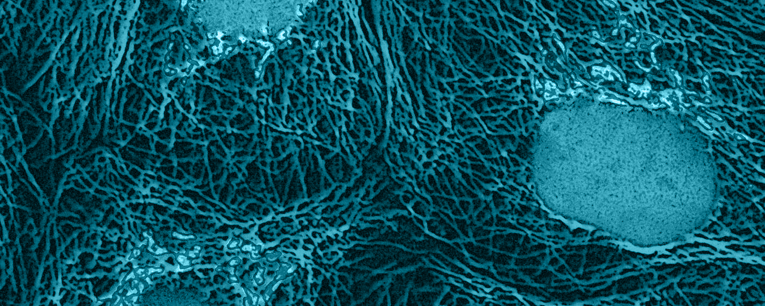
Publications Involving HeLa Cells
A yearly tally of how many publications cited the use of HeLa cells appears in the chart below. It is interesting to note that in the first decade (1953-1963) of HeLa cell use, the most publications that occurred in any one year numbered only 127 (1963). As shown in the chart, there has been a strong and steady increase in the use of HeLa cells with a peak of approximately 6,200 publications in 2015. Please note that we have not finished compiling the statistics for the number of publications from 2016, 2017, and 2018. They will be updated shortly.
The continuous upward trend in publications since 1953 clearly show that even after six decades, HeLa cells are a vital tool that allow scientists to conduct essential basic research.
Number of publications, per year, from 1953 to 2018
*Publications are still being populated for the years 2016, 2017, and 2018 and the number of publications using HeLa cells per year are lower as a result.
Highly Cited Publications by Year
Below, you will find a decade-by-decade list of the most highly cited publications, relating to HeLa cells, from each year. The number of citations that a publication receives is one measure of the impact the publication has made on the scientific community.
